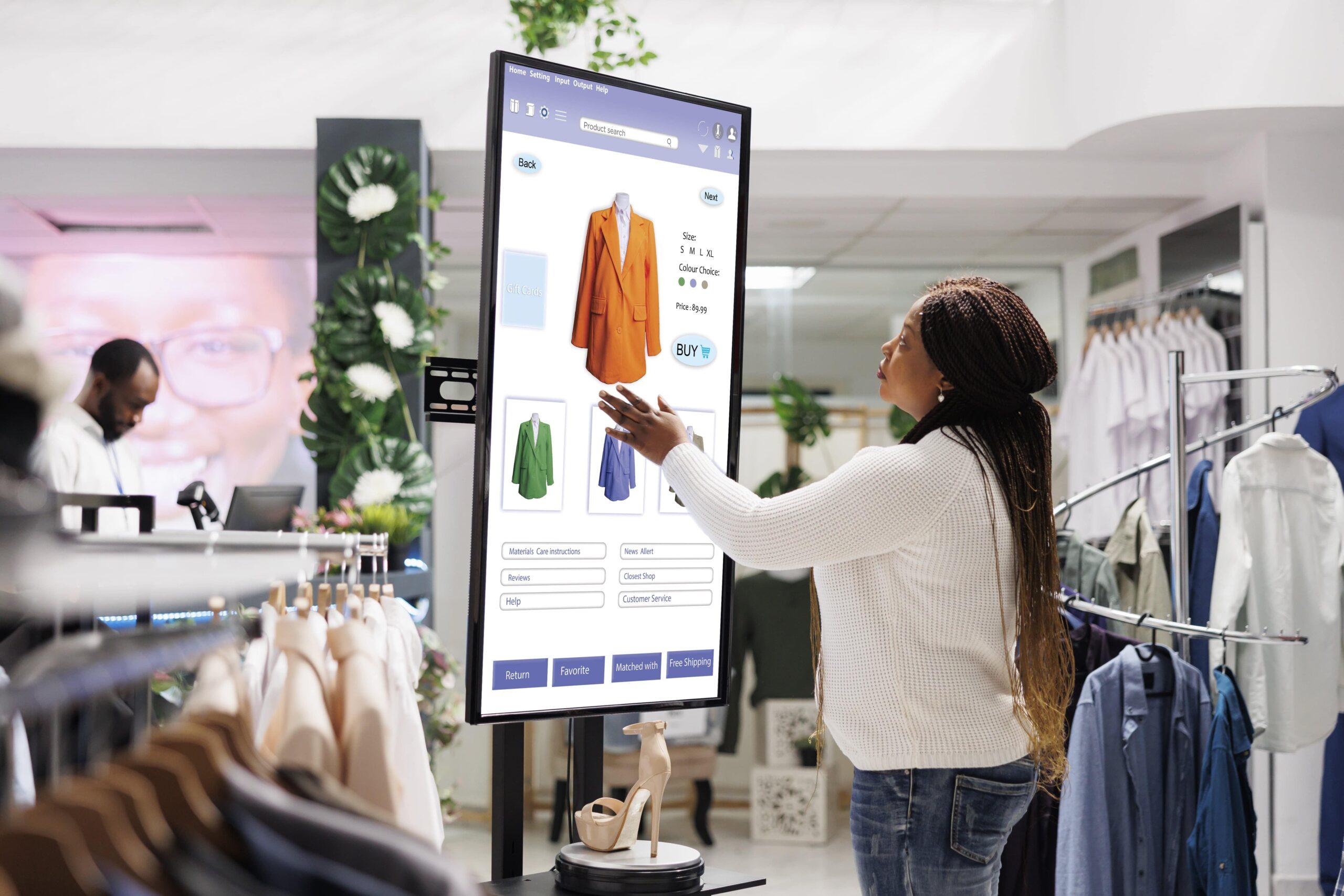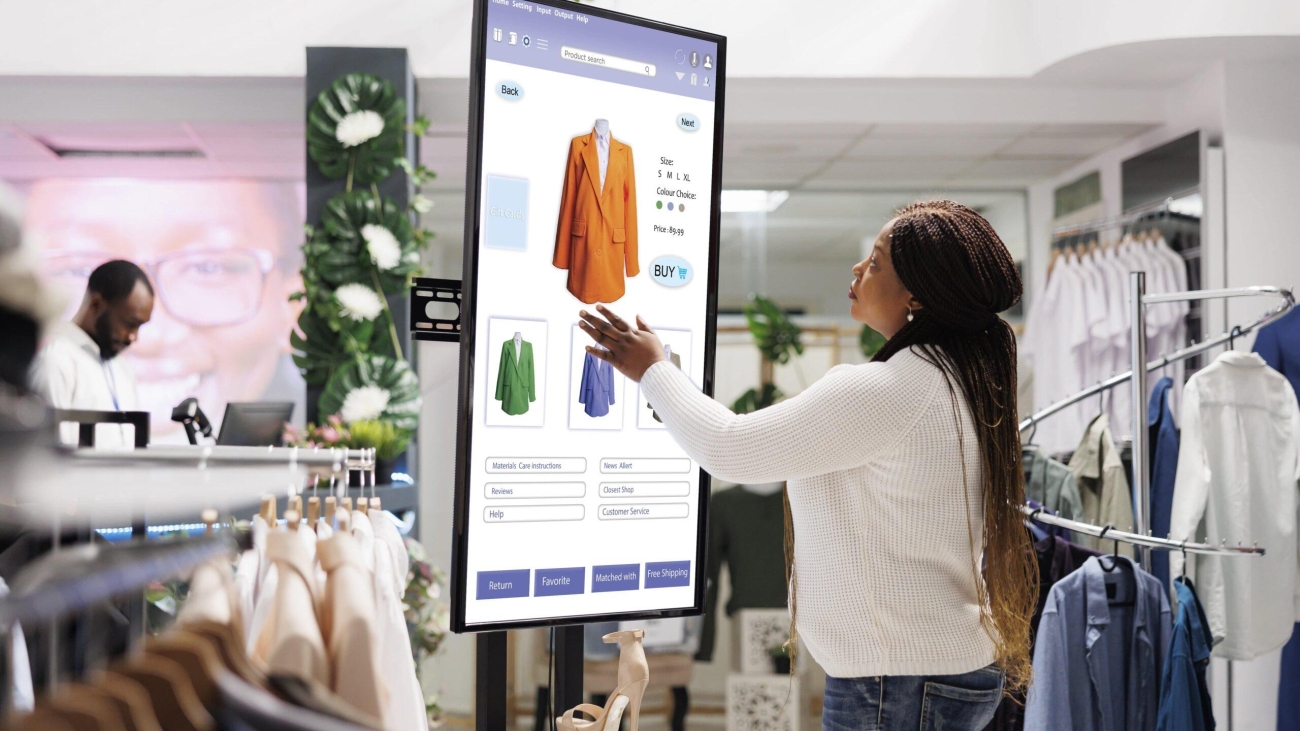
Digitos DM
- Digitos DM
- July 24, 2024
- 3 days ago
- No Comments
In recent years, the advertising landscape in India has undergone a significant transformation, driven by technological advancements and evolving consumer behaviors. Among the myriad of innovations shaping this sector, LED walls stand out as a revolutionary medium. These vibrant, dynamic displays have become a cornerstone of modern advertising strategies, capturing the attention of audiences and delivering messages with unparalleled impact. This blog explores the role of LED walls in modern Indian advertising, their benefits, and their growing prominence across various industries.
Understanding LED Walls
LED walls are large, high-resolution displays composed of light-emitting diodes (LEDs) that form a continuous screen. These walls can be customized in size and shape to fit various environments and purposes. They are known for their bright, vivid colors, and the ability to display a wide range of content, from static images to dynamic videos. LED walls are commonly used in outdoor billboards, indoor displays, events, concerts, and retail spaces.
The Evolution of Advertising in India
India’s advertising industry has a rich history, evolving from traditional print and broadcast media to digital and interactive platforms. With the rise of the internet and mobile technology, digital advertising has taken center stage, offering precise targeting and real-time engagement. In this dynamic environment, LED walls have emerged as a powerful tool, bridging the gap between traditional and digital media.
Benefits of LED Walls in Advertising
1. High Visibility and Impact
LED walls are designed to be highly visible, even from a distance and in various lighting conditions. Their bright, vibrant displays capture attention, making them ideal for high-traffic areas such as city centers, highways, and shopping malls. The visual impact of LED walls is significantly greater than that of traditional billboards, ensuring that advertising messages stand out.
2. Dynamic Content Delivery
One of the key advantages of LED walls is their ability to display dynamic content. Unlike static billboards, LED walls can show videos, animations, and real-time updates. This flexibility allows advertisers to create engaging and interactive campaigns that resonate with audiences. For example, a retail brand can display a series of promotions, seasonal offers, and product highlights, all on the same screen.
3. Enhanced Audience Engagement
LED walls enable advertisers to deliver more engaging and interactive content. The use of motion graphics, videos, and interactive elements such as QR codes encourages viewers to interact with the display. This enhances the overall advertising experience and increases the likelihood of audience retention and response. Interactive LED walls can also be integrated with social media campaigns, driving online engagement and amplification.
4. Cost-Effective and Eco-Friendly
While the initial investment in LED walls can be high, they often prove cost-effective in the long run. LED technology is energy-efficient, reducing operational costs compared to traditional lighting solutions. Additionally, LED walls eliminate the need for printing and physical installation of new advertisements, reducing material waste and environmental impact. Advertisers can quickly update content digitally, ensuring timely and relevant messaging.
5. Versatility and Customization
LED walls offer unmatched versatility and customization options. They can be tailored to fit various locations and purposes, from large outdoor billboards to smaller indoor displays. The modular design of LED walls allows for creative configurations, enabling advertisers to create unique and eye-catching installations. This adaptability makes LED walls suitable for a wide range of industries and applications.
LED Walls in Indian Advertising: Key Applications
1. Outdoor Advertising
Outdoor advertising has long been a staple of the Indian advertising industry. LED walls have revolutionized this space by offering dynamic and impactful alternatives to traditional billboards. They are commonly used in high-traffic areas such as city centers, highways, and transportation hubs. Some notable applications include:
- Digital Billboards: Large LED walls are installed on buildings, along highways, and in city centers, displaying high-impact advertisements that capture the attention of passersby.
- Transit Advertising: LED walls are used in transportation hubs, such as airports, railway stations, and bus terminals, reaching a large and diverse audience.
2. Retail and Shopping Malls
The retail sector in India is increasingly leveraging LED walls to enhance the shopping experience and drive sales. These displays are used to promote products, announce sales, and provide wayfinding information. Key applications include:
- Storefront Displays: Retailers use LED walls in store windows to attract customers with dynamic and visually appealing content.
- In-Store Promotions: LED walls inside stores display product information, promotions, and advertisements, creating an immersive shopping environment.
- Mall Advertising: Shopping malls use LED walls to advertise stores, events, and promotions, enhancing the overall visitor experience.
3. Events and Entertainment
LED walls have become a staple in the events and entertainment industry, providing stunning visuals and enhancing audience engagement. They are used in concerts, sports events, trade shows, and corporate events. Key applications include:
- Concerts and Festivals: LED walls are used as backdrops and stage displays, creating a visually captivating experience for the audience.
- Sports Events: Stadiums and arenas use LED walls to display live scores, replays, advertisements, and crowd engagement content.
- Trade Shows and Exhibitions: LED walls are used in booths and exhibition spaces to attract visitors and showcase products and services.
4. Corporate and Public Spaces
Corporate offices and public spaces are increasingly incorporating LED walls for communication and branding purposes. These displays are used to share information, enhance aesthetics, and reinforce brand identity. Key applications include:
- Corporate Lobbies: Companies use LED walls in lobbies and reception areas to display corporate messages, news, and branding content.
- Public Information Displays: Government agencies and public institutions use LED walls to share important information, announcements, and public service messages.
Success Stories of LED Walls in Indian Advertising
Coca-Cola
Coca-Cola has effectively utilized LED walls in their advertising campaigns across India. Their campaigns often feature vibrant animations and interactive elements that engage audiences and reinforce brand messaging. During festive seasons and major events, Coca-Cola’s LED wall advertisements create a memorable and impactful presence.
Tata Motors
Tata Motors has leveraged LED walls to showcase their latest vehicle models and promotions. High-definition video content and dynamic visuals on LED walls capture the attention of potential customers, driving interest and sales. Tata Motors has successfully used LED walls at auto expos, dealerships, and outdoor advertising locations.
Flipkart
E-commerce giant Flipkart has used LED walls to promote their sales events, such as the Big Billion Days. Large LED displays in high-traffic areas and shopping malls create a buzz and attract shoppers to their online platform. The use of dynamic content and real-time updates ensures that the advertisements remain relevant and engaging throughout the campaign period.
Future Trends in LED Wall Advertising
As technology continues to advance, the capabilities and applications of LED walls in advertising are expected to expand. Some future trends include:
1. Integration with Augmented Reality (AR)
AR technology can enhance LED wall advertisements by overlaying digital content onto the physical environment. This creates immersive and interactive experiences that captivate audiences. For example, AR-enabled LED walls can allow viewers to see virtual product demonstrations or interact with digital characters.
2. AI-Powered Content Optimization
Artificial intelligence can optimize content delivery on LED walls based on real-time data and audience insights. AI algorithms can analyze factors such as audience demographics, weather conditions, and time of day to determine the most effective content to display. This ensures that advertisements are highly targeted and relevant.
3. Sustainability and Energy Efficiency
Advancements in LED technology are making LED walls more energy-efficient and environmentally friendly. The development of low-power LEDs and renewable energy sources, such as solar panels, will further reduce the environmental impact of LED wall advertising. This aligns with global sustainability goals and corporate social responsibility initiatives.
4. Interactive and Touchscreen Capabilities
The integration of touchscreens and interactive elements into LED walls will create new opportunities for audience engagement. Viewers can interact with the display to access additional information, participate in surveys, or make purchases. This enhances the overall advertising experience and drives consumer action.
Final Words
LED walls have become a transformative force in modern Indian advertising, offering unparalleled visibility, dynamic content delivery, and enhanced audience engagement. Their versatility and impact make them an invaluable tool for brands across various industries, from retail and entertainment to corporate and public spaces. As technology continues to evolve, the potential of LED walls in advertising will only grow, creating new opportunities for creativity and innovation. For advertisers looking to make a lasting impression and connect with audiences in meaningful ways, LED walls are the future of outdoor and digital advertising in India.

























